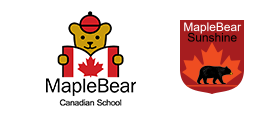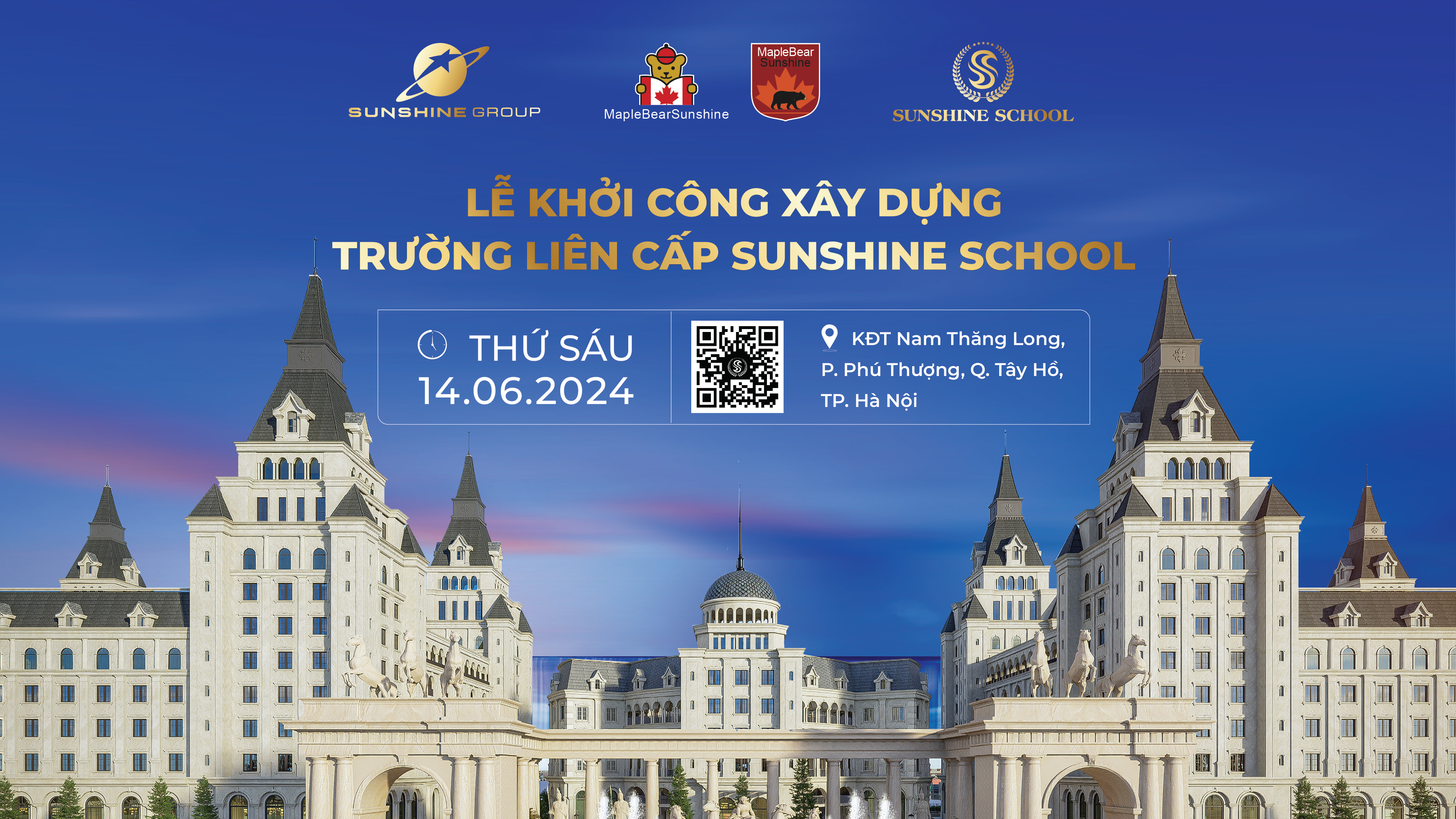

EDUCATION PROGRAM
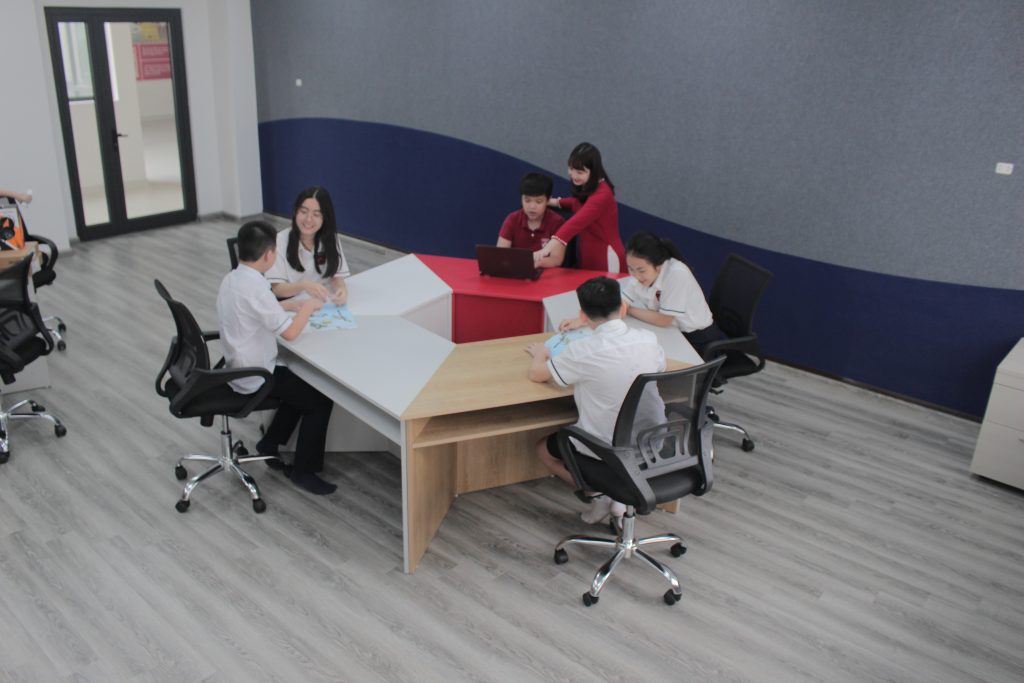
GENERAL EDUCATION PROGRAM 2018 OF THE MINISTRY OF EDUCATION & TRAINING
The 2018 general education program is a foundational educational program and is strictly implemented in all grades and training models at Sao Anh Duong Secondary School Maple Bear Canada – Tay Ho.
looking for more information
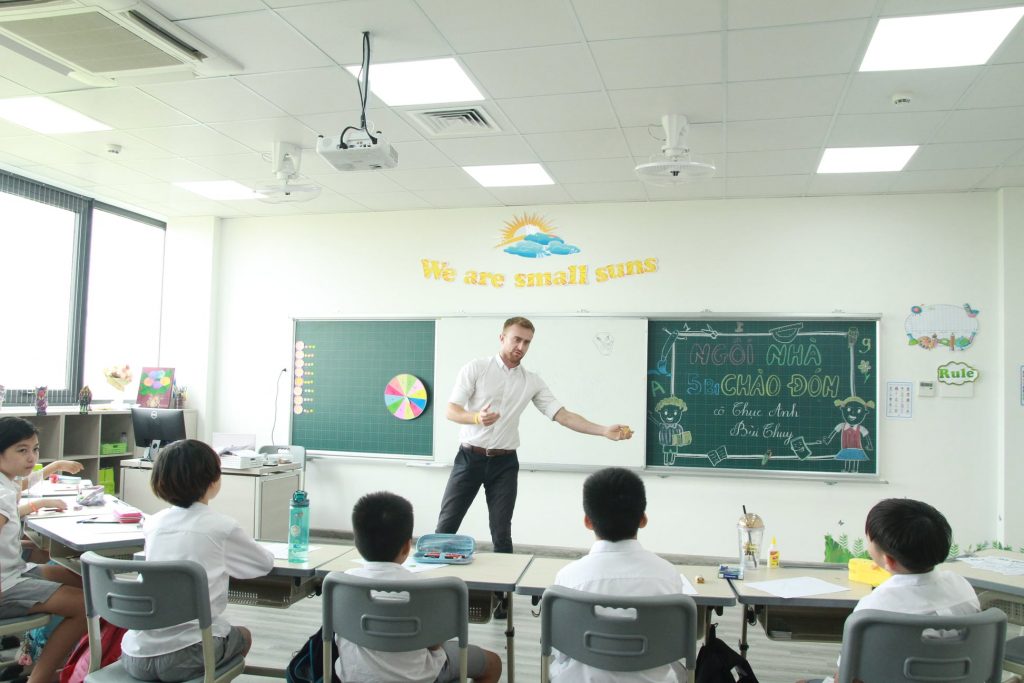
MAPLE BEAR . ENGLISH CLUB
English Program of Sao Anh Duong Secondary School Maple Bear Canada – Tay Ho offers an exciting bilingual learning environment to help equip students to learn knowledge base.
looking for more information
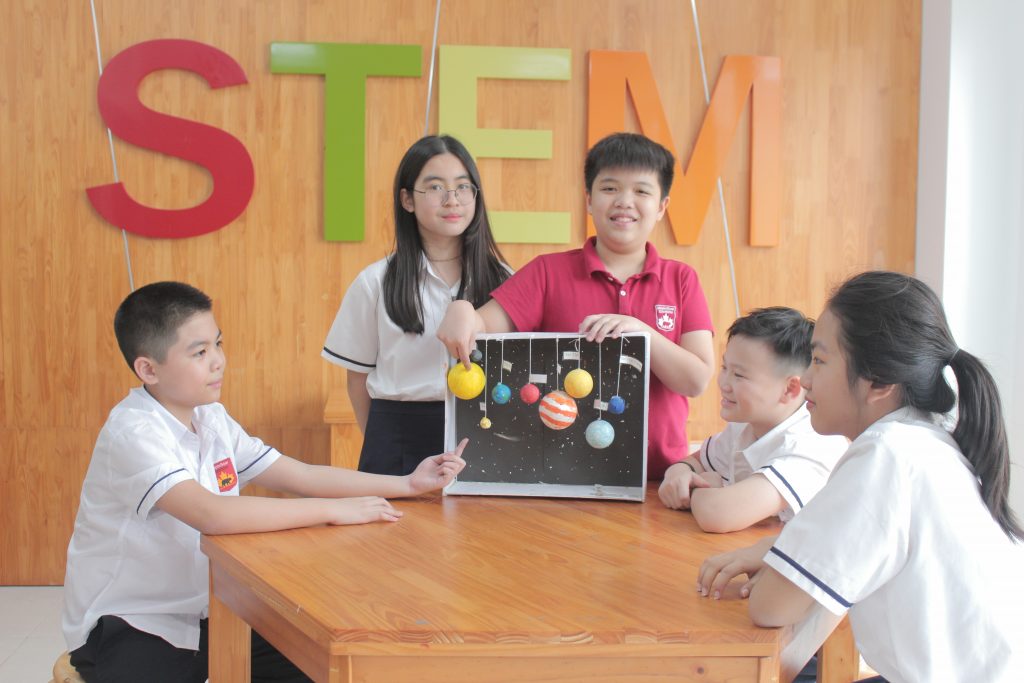
ADDITIONAL EDUCATION PROGRAMS
Along with the 2018 general education program, the Maple Bear English program, the school also implements complementary programs such as social-emotional education ( SEL), school counseling, digital citizenship, experience – career guidance, international exchanges and cooperation, clubs… towards capacity development
looking for more information
GENERAL EDUCATION PROGRAM 2018 OF THE MINISTRY OF EDUCATION
Based on students’ ability and characteristics of each training model (bilingual model and international model), the Vietnamese program is organized flexibly. activities in terms of duration, methods, forms of teaching and assessment, but still complying with the regulations of superior management agencies.
For the international class model, the Vietnamese program is an integration between the curriculum of the Ministry of Education & Training with the copyright Maple Bear program to avoid duplication of knowledge units, reduce academic knowledge, supplement practical topics, apply practically, towards Vietnamese program output standards and goals of the Maple Bear program.
For details on the 2018 high school program, Parents, please visit HERE

MAPLE BEAR . ENGLISH CLUB
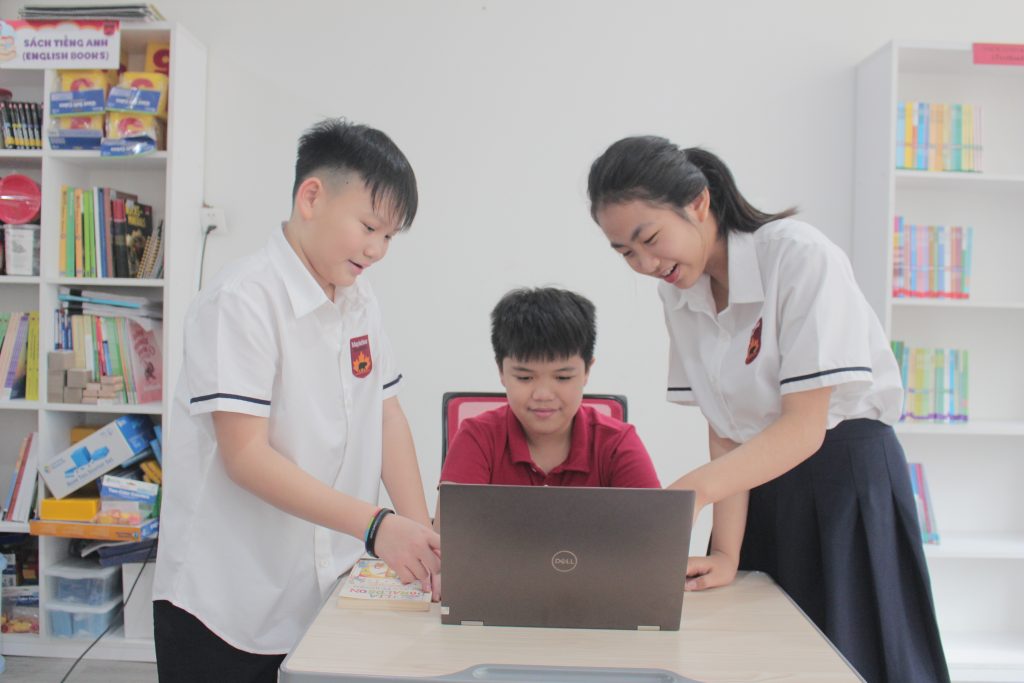
English Program of Sao Anh Duong Secondary School Maple Bear Canada – Tay Ho offers an exciting bilingual learning environment to help equip students to learn provide a solid foundation of knowledge and practical skills along with the opportunity to practice the qualities and capabilities of global citizens. The program is implemented on the principle of inheriting and promoting the quintessence of bilingual education, effective language teaching practices and methods to meet the requirements of the Ministry of Education and Training, and optimizing results. student learning. The training route is built on the basis of a 6-level foreign language competency framework and a rating scale using standard English Cambridge language tests.
In addition, the program also helps develop higher-order thinking skills and study skills in English through practical exercises, subject projects. study, curricular and extra-curricular activities. The program is built and designed in accordance with the criteria and output goals at each level and age in order to comprehensively develop English skills for learners. The goals are detailed in the amount of knowledge and skills learners need each year and throughout all three levels of education from Primary to Middle and High School, at the end of each level, students are measured their language proficiency. He passed Cambridge certification exams.
ADDITIONAL EDUCATION PROGRAMS
* Experimental operation:
Experiential activities – career guidance is a compulsory activity in the 2018 general education program, which is carried out methodically at Sao Anh Duong Maple Bear Canadian Secondary School – Tay Ho. Besides the topics in the program, the school integrates the topics oriented, designed and guided by the school, creating opportunities for students to approach reality, experience positive emotions, exploit the experience and mobilize the synthesis of knowledge and skills of the subjects to perform the assigned tasks or solve real life problems of school, family and society appropriate to the age group. age; through that, transforming past experiences into new knowledge, new understanding, new skills, contributing to promoting creative potential and ability to adapt to future life, environment and career.
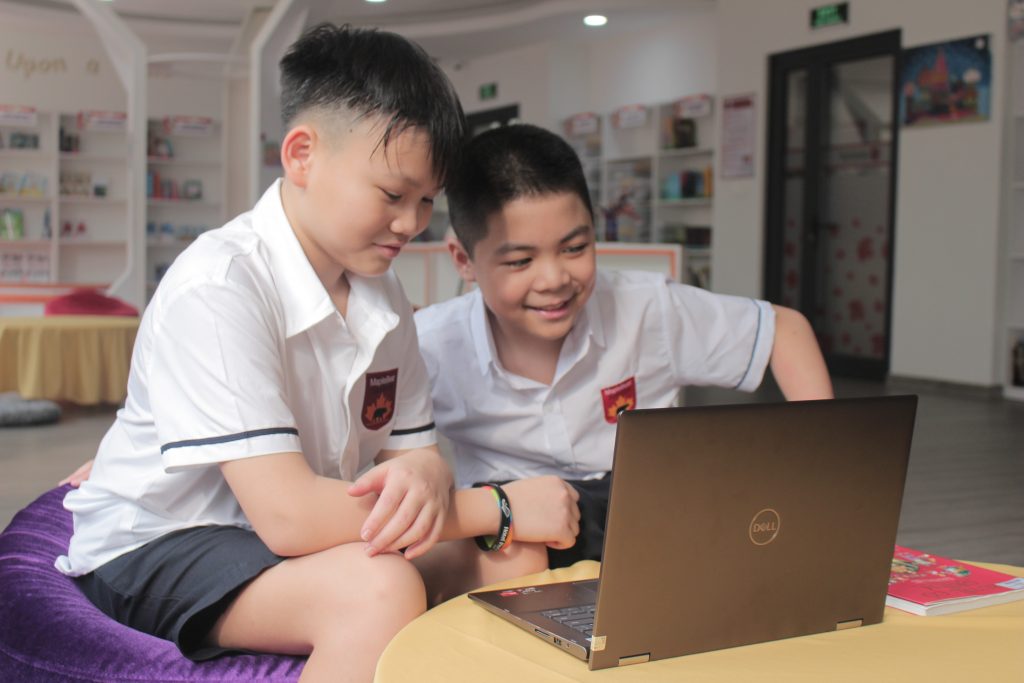
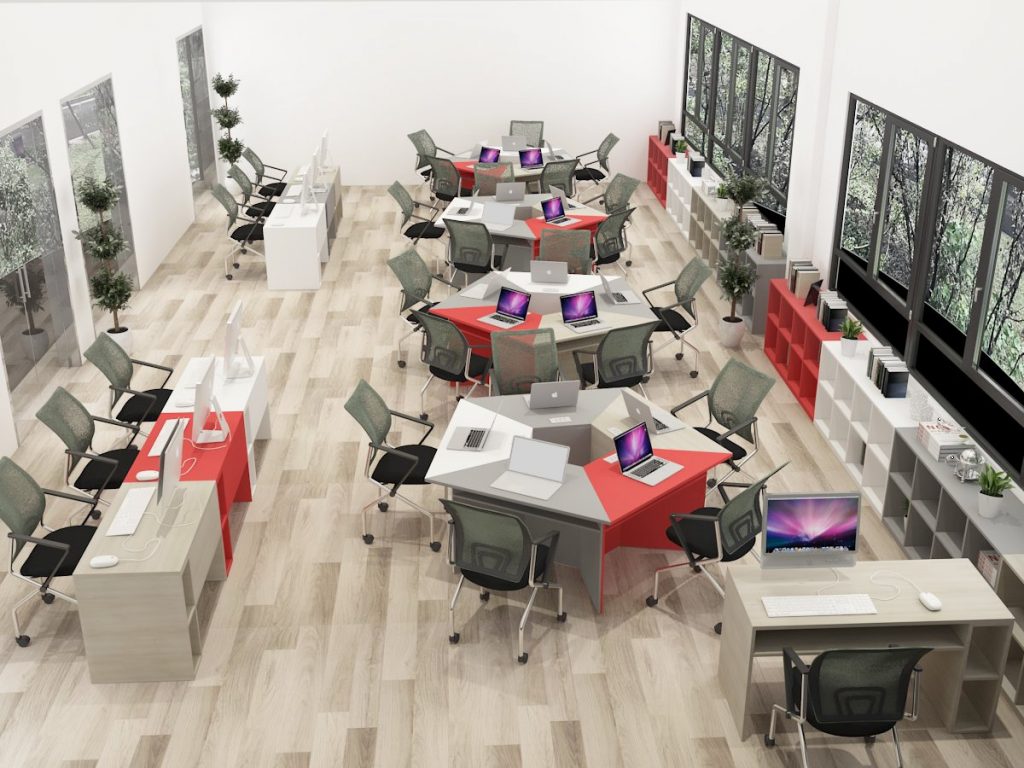

* Digital Citizen Project
The rapid development of information technology, the trend of globalization and the challenges caused by the complicated developments of the Covid-19 epidemic have set an urgent need to promote the application of digital transformation technology in management. and teaching. In that context, Sao Anh Duong Maple Bear Canadian Secondary School – Tay Ho quickly caught up with the trend of building a Digital Citizen project to promptly deploy Information Technology training courses for staff, teachers and students. school-wide students. The project is expected to be implemented in 3 years, extending from the 2021-2022 school year to the 2023-2024 school year, aiming to help teachers master skills and be able to creatively apply technology in teaching and learning. The system of records and books and management work at the same time helps students not only actively adapt to the new form of learning – online learning, but also actively and creatively use information technology proficiently. Trust for learning and personal development.
The project “Digital Transformation” is one of the action programs that concretize the school year theme “Stronger Together – Connecting” in the context of the school’s determination to develop deploying appropriate and effective online learning organization as well as comprehensively renovating educational work in schools. Implementing the project in the context of the school’s first year of operation is a challenge, but with the spirit of market, dare to create a digital transformation project will definitely bring many benefits to students and teachers. she and the parents of school students.
* International exchange and cooperation
Sao Anh Duong Maple Bear Secondary School Canada – Tay Ho is located in the system of Sunshine Maple Bear, Maple Bear Vietnam, and Maple Bear worldwide. Therefore, students inherit the invaluable resources of the Maple Bear program and the global support of more than 500 study sites in 30 countries around the world under the global Maple Bear system. Those international cooperation relationships help the school to build a solid academic foundation and build a modern educational experience environment, international integration to help students gradually become global citizens.< /p>

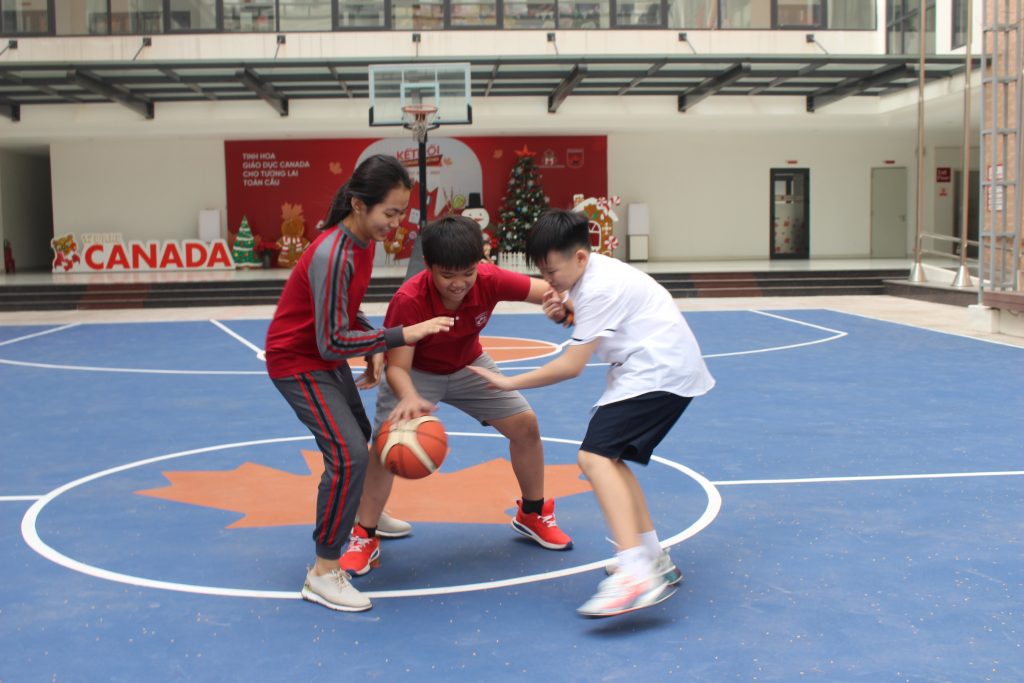
* Summer and after school club
During the school year, in addition to learning and experiential activities according to the school schedule, the school cooperates with units inside and outside the school to establish and organize after-hours clubs to enhance creative experiences. , develop comprehensive capacity for students and foster knowledge.
Summer activities will be built according to the theme of each school year, focusing on forging life skills and motor skills. In addition, the summer program also spends time on reviewing and consolidating knowledge. Summer clubs usually run for about four to six weeks from mid-June to July.
The school-run after-school club spans all areas of the school’s education, including videography, photography, programming, robotics, vocals, piano, dance, applied arts, dance , martial arts, swimming, football, basketball, dance sport, chess, English,…
METHODS OF EDUCATION
Star Anh Duong Maple Bear Secondary School Canada – Tay Ho applying a learner-centered educational method based on constructivism. With this theory, each student constructs his own knowledge and demonstrates knowledge through his or her own experience. This is a modern educational method that is applied to train individuals who are ready to adapt to the constant changes of the 21st century.
Educational subjects and activities in schools apply active methods of student activities, in which teachers play the role of organizing and guiding activities for students, creating a friendly learning environment and problem situations to encourage students to actively participate in learning activities, self-discovery of their own abilities and aspirations, practice habits and ability to self-study, promote potential and accumulated knowledge and skills for development.
Students’ learning activities include problem discovery activities, practice activities and practice activities (application of what they have learned to detect and solve problems). solving real-life problems), is done with the support of teaching equipment, especially informatics tools and digital automation systems. The above-mentioned learning activities are organized inside and outside the school campus through a number of main forms: theoretical learning; carry out exercises, experiments, games, role-plays, research projects; participating in xeemina, sightseeing, camping, reading; collective activities, community service activities. Depending on the goal and nature of the activity, students may be organized to work independently, in groups or in the whole class, but they must ensure that each student is given favorable conditions to perform their own learning tasks. practice and practical experience.
 EN
EN  VN
VN EN
EN